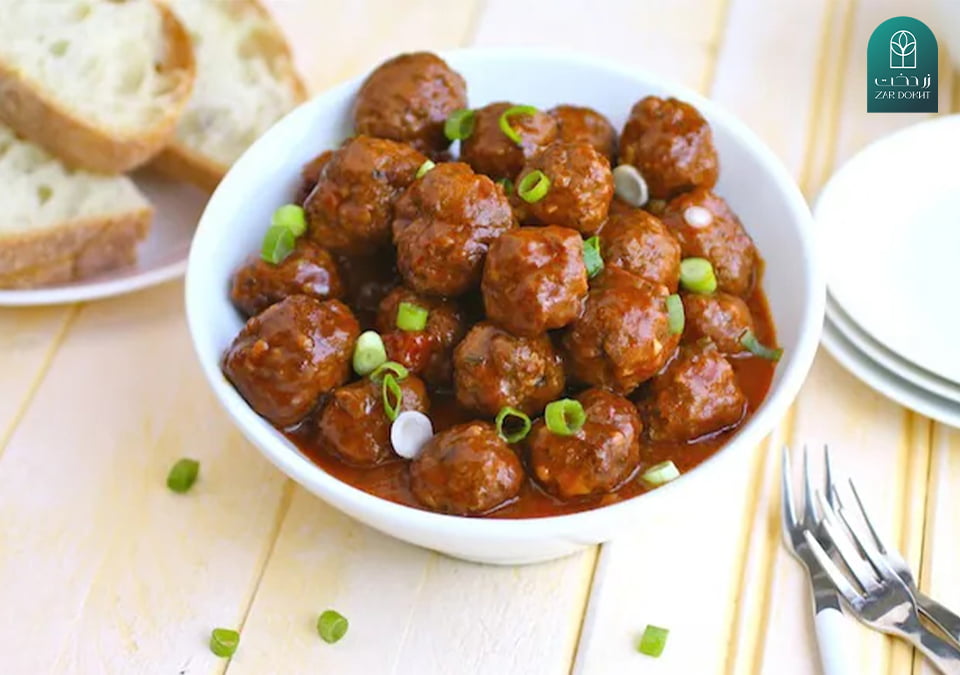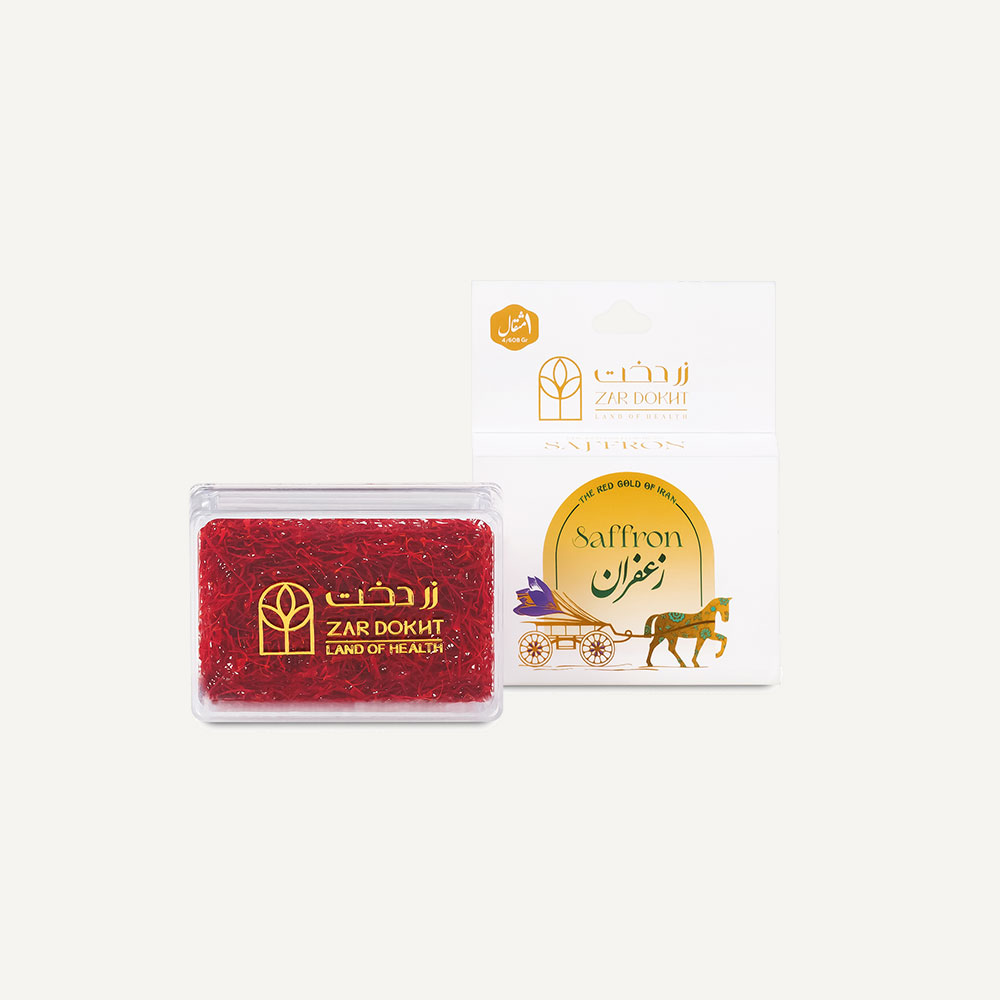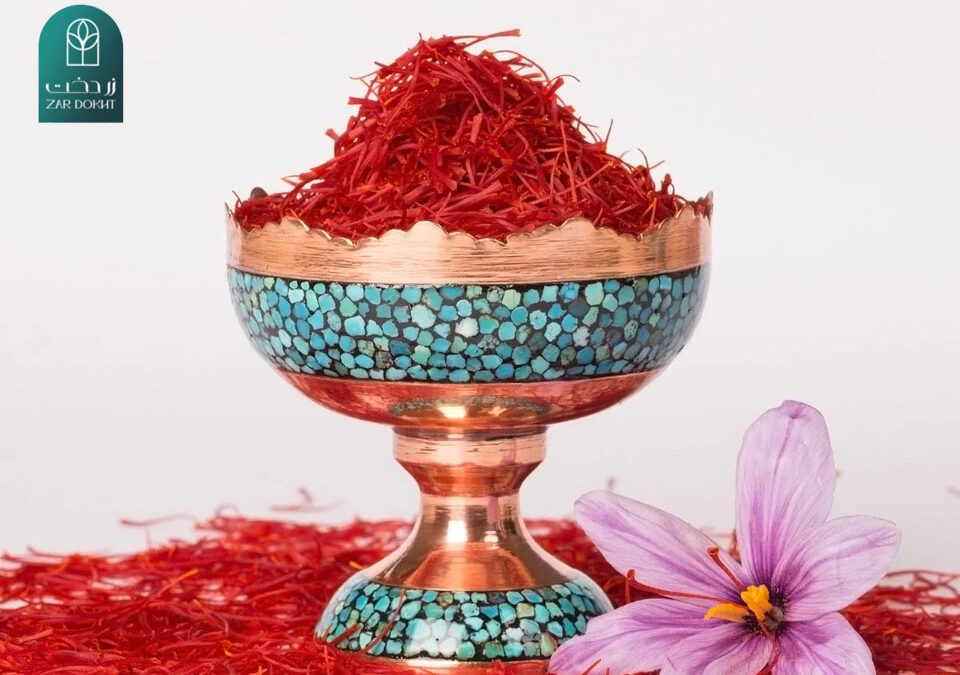
Effect of temperature and humidity on saffron storage
16 بهمن, 1401
How to Make Saffron Kofta
11 اسفند, 1403Saffron is the world’s most expensive spice, with Iran accounting for over 90 percent of its global production. The northeastern region of Iran is particularly well-suited for saffron cultivation due to its favorable climate for this delicate plant.
But did you know that it’s possible to grow your own saffron at home? While it may require a significant investment of both time and money, it can be a rewarding and enjoyable experience as long as you provide the right growing conditions.
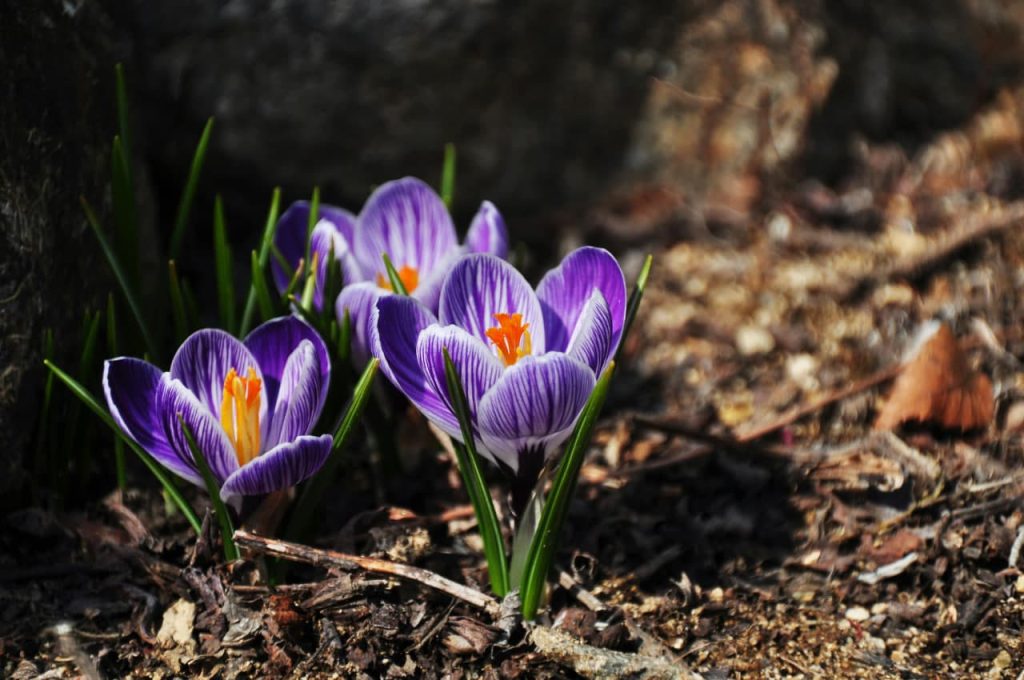
SAFFRON, A HIGHLY SEASONAL SPICE
Saffron (Crocus sativus) is a fall-blooming flower that grows from a corm, a bulb-like structure. Planting corms is similar to planting other types of spice seeds, though the planting depth is deeper. Instead of harvesting seeds, you will hand-pick three stigmas from each flower when it blooms.
Each corm typically produces 3 to 6 flowers or 9 to 18 dried stigmas (which become threads). These threads need to be dried in a cool, dark area. After drying, saffron is stored in a small container for several months until it’s ready to be used for its distinctive aroma. Saffron corms grow best when the days shorten, and the soil temperature cools down, which is why they thrive in regions with distinct seasonal transitions from summer to fall.
After flowering, the plants require up to 6 months of mild conditions to produce new corms. Saffron plants are cold-hardy and can survive temperatures as low as 15°F (-9°C) or even slightly colder with adequate mulching. However, the ideal temperature range for optimal corm production is between 30°F to 65°F (-1°C to 18°C). In ideal conditions, each parent corm will generate several new corms annually. Every three years, it’s best to dig up the corms, divide them, and replant them in a new location to boost your harvest. Any damaged or unhealthy corms should be discarded. Alternatively, you can buy new corms each year and treat saffron as an annual crop. While this method may be pricier than buying ready-made saffron, it can be a fun and educational experience.
WHEN TO START
Begin planting about 6 to 8 weeks before the outdoor soil temperature begins to drop. Plant 1-inch (or larger) corms with the pointy end facing up, at a depth of 5 to 6 inches (12.7 to 15 cm). Space the corms 5 to 6 inches apart, with rows placed 8 inches (20 cm) apart.
For optimal corm growth, the soil should be at least 10 to 12 inches (20 to 25 cm) deep and contain around 5 percent organic matter. A slow-release fertilizer with nitrogen, phosphorus, and a bit of potassium (such as a 4-5-3 formula) should be applied monthly. If your soil is deficient, consider adding calcium.
You can also use raised beds or large containers for growing saffron. In colder climates, pots can be moved indoors after flowering to a sunny location with the ideal temperature, allowing the leaves to continue growing for corm production.
Deep soil and the addition of compost are essential for successful saffron cultivation.
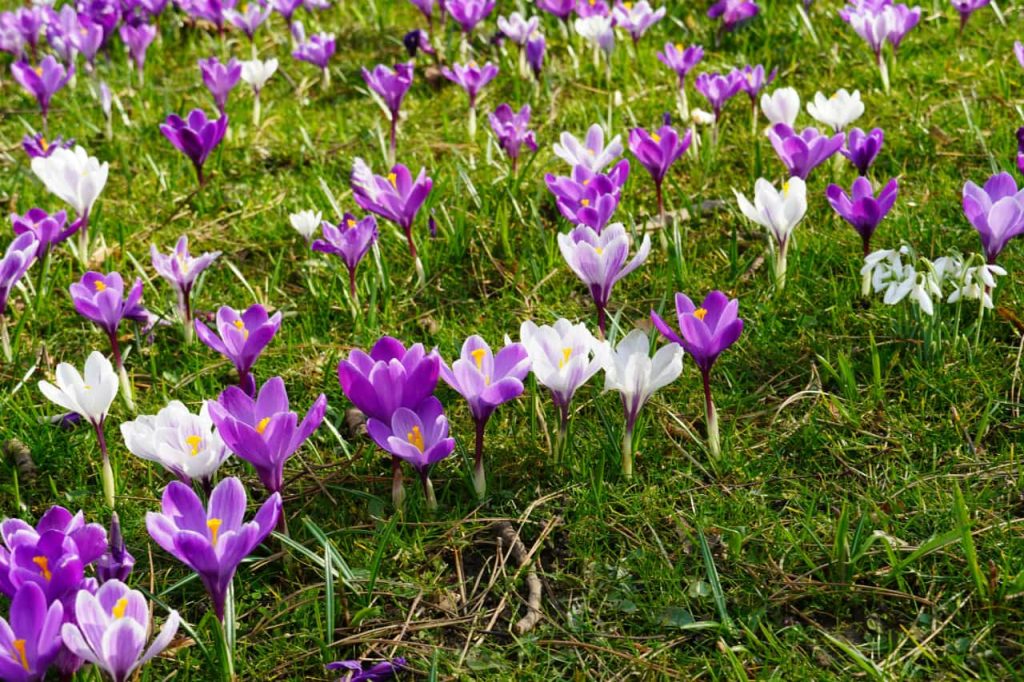
CARE AND MAINTENANCE
Water deeply at the time of planting and continue watering every two weeks until flowers emerge. After flowering, water only when the soil is dry to a depth of more than 2 inches (5 cm) to help prevent disease.
Once the tops of the plants die back, you can plant shallow-rooted, fast-growing plants as fillers in your saffron bed. Be sure to remove any leftover crops, add fresh compost, and fertilize in mid-summer to prepare the bed for the next saffron season



